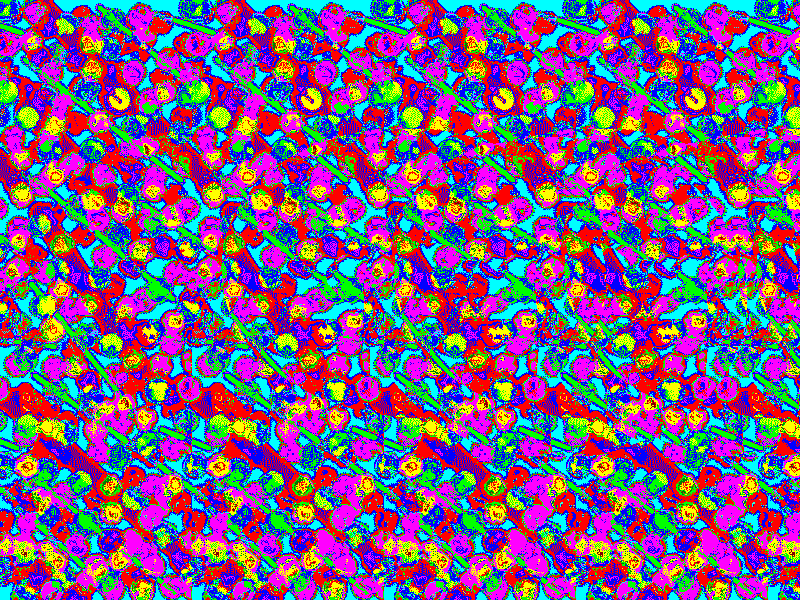What is hidden in 3D image?
Brain Teasers
[3318] What is hidden in 3D image? - Stereogram - 3D Image - #brainteasers #stereogram #3Dimage

2016-12-27
Food cansIn 1825, the first U.S. patent for food storage in cans - to "preserve animal substances in tin" - was issued to Ezra Daggett and his nephew Thomas Kensett of New York City where they canned salmon, oysters and lobsters since introducing the method in 1819. Tin cans had been used by the military and explorers in Europe since 1813, but their development did not start until after the Civil War. |